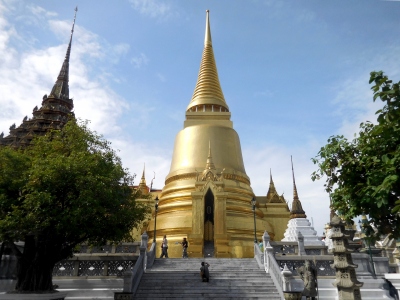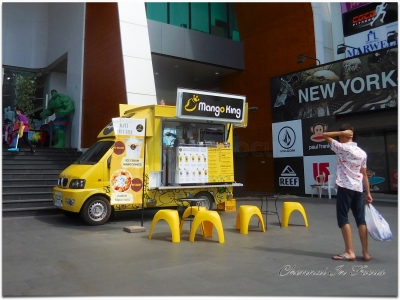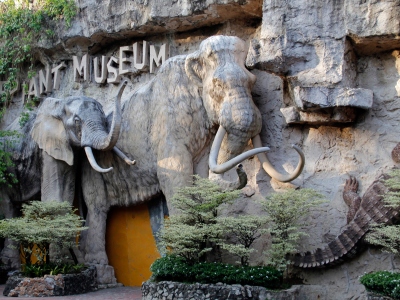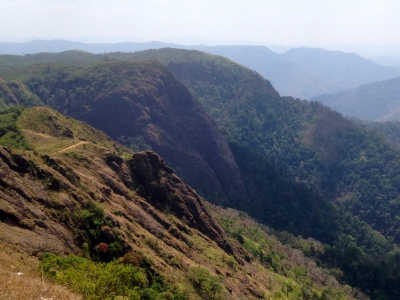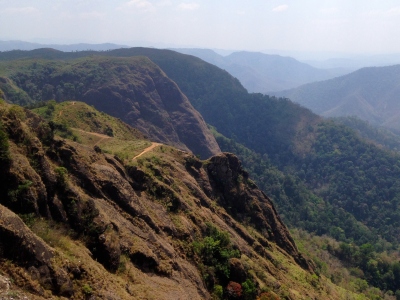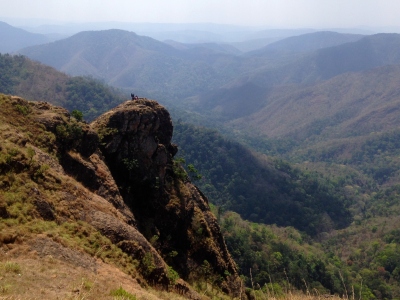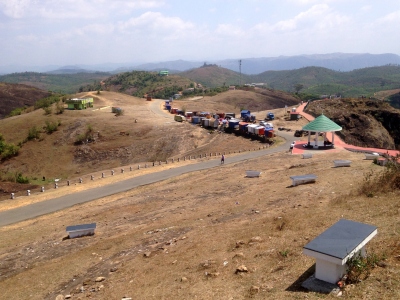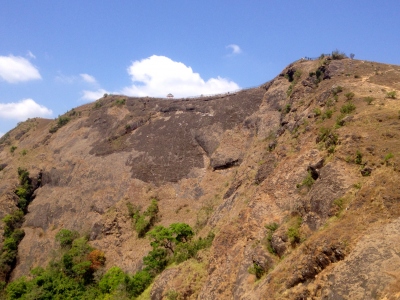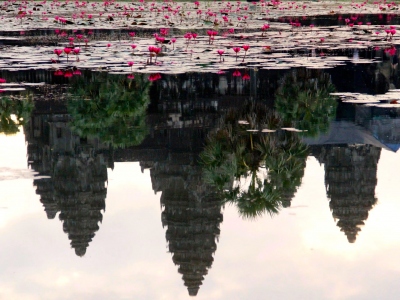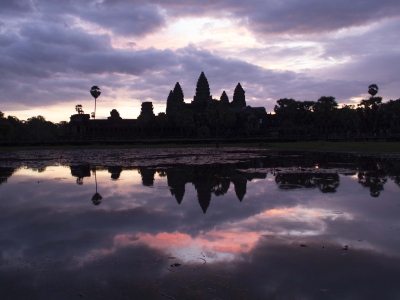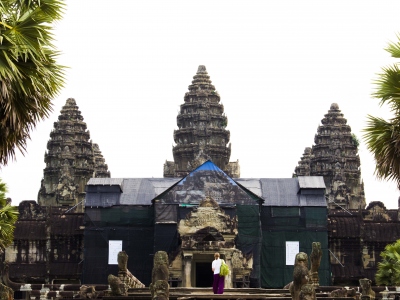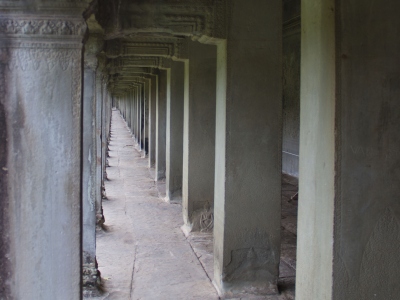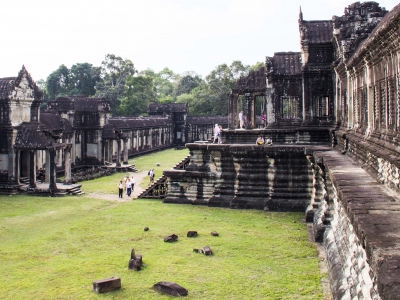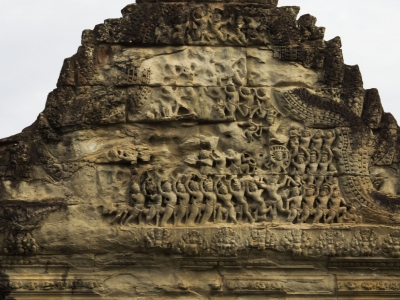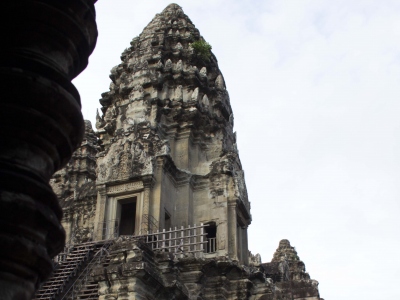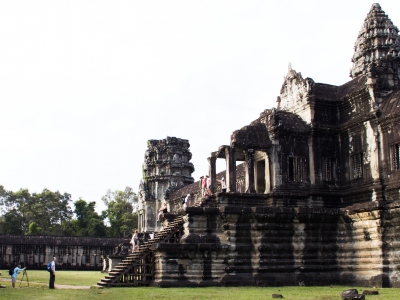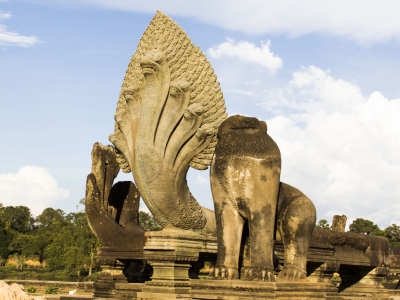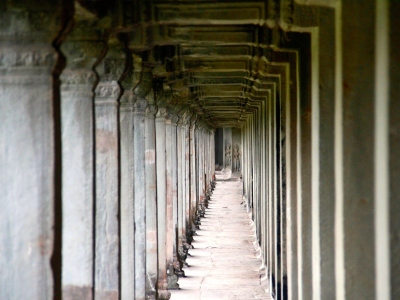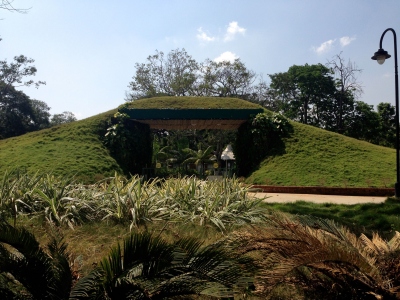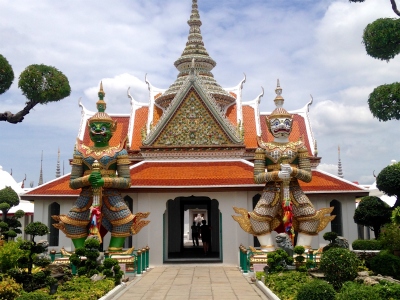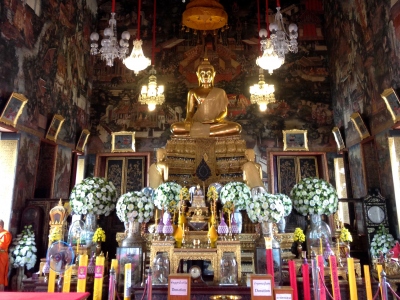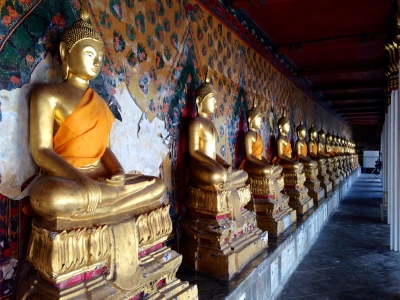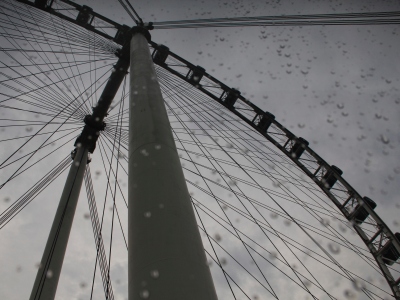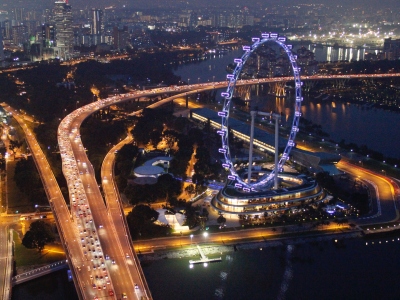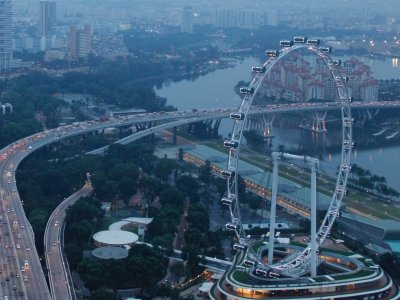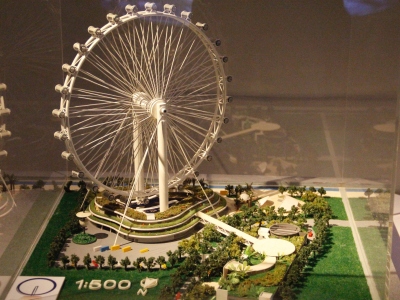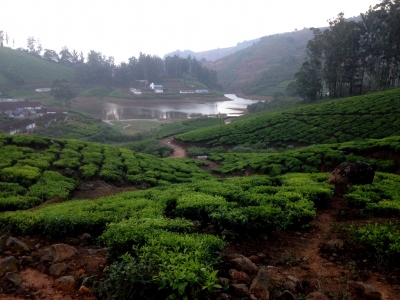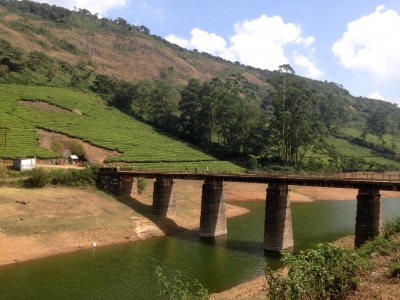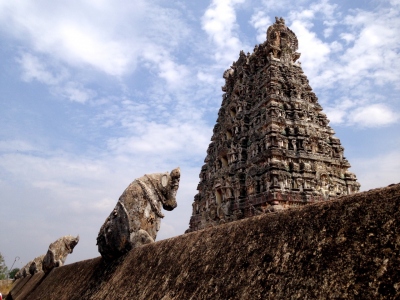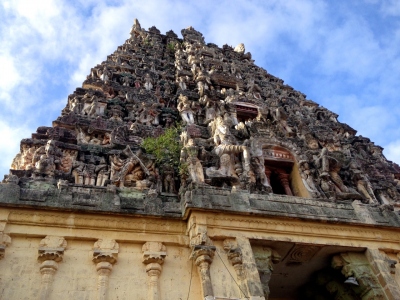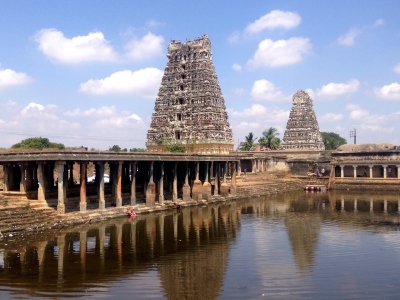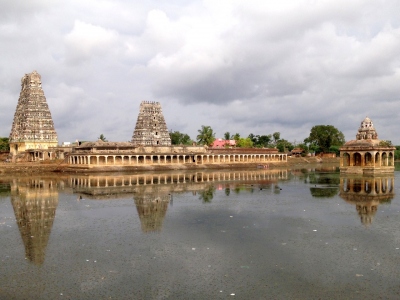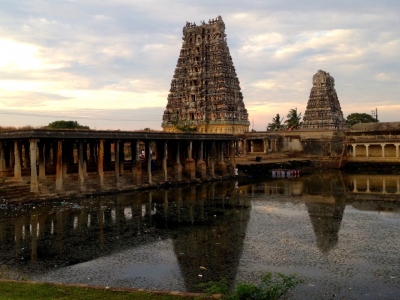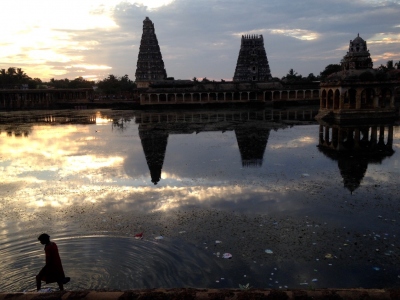Sightseeing
The Grand Palace
The Grand Palace are a complex of buildings at the heart of Bangkok, Thailand. The palace has been the official residence of the Kings of Siam since 1782. The king, his court, and his royal government were based on the grounds of the palace until 1925.
Pattaya
Pattaya (Thai: พัทยา, About this soundpronunciation (help·info), RTGS: phatthaya, Thai pronunciation: [pʰát.tʰā.jāː]) is a resort city in Thailand. It is on the east coast of the Gulf of Thailand, about 100 kilometres (62 mi) southeast of Bangkok, within, but not part of, Bang Lamung District in the province of Chonburi. Pattaya City (Thai: เมืองพัทยา RTGS: mueang phatthaya) is a self-governing municipal area which covers tambons Nong Prue and Na Klua and parts of Huai Yai and Nong Pla Lai.
Parunthumparai
Parunthumpara is a village in the Indian state of Kerala's Idukki District. It is a small scenic location near Wagamon en route to Peerumedu. Parunthin Para also known as 'Parunthumpara' (the eagle rock). From here, the Makarajyothi of Sabarimala is visible. The main attractions of Parunthumpara are Suicide Point and Tagor Head (a rock that appears to have the shape of Tagor, an Indian poet's, head). A nearby tourist spot is Thekkady.
Angkor Wat
Angkor Wat (Khmer: អង្គរវត្ត or "Capital Temple") is a temple complex in Cambodia and the largest religious monument in the world, with the site measuring 162.6 hectares (1,626,000 m2; 402 acres). It was originally constructed as a Hindu temple of god Vishnu for the Khmer Empire, gradually transforming into a Buddhist temple toward the end of the 12th century. It was built by the Khmer King Suryavarman II in the early 12th century in Yaśodharapura (Khmer: យសោធរបុរៈ, present-day Angkor), the capital of the Khmer Empire, as his state temple and eventual mausoleum.
Semmozhi Poonga
Semmozhi Poonga (literally translated to "Classical Language Park") is a botanical garden in Chennai set up jointly by the Horticulture and Agricultural Engineering department of the Government of Tamil Nadu. The garden was opened on 24 November 2010 by then chief Minister Dr.M. Karunanidhi and is the first botanical garden in the city. The garden is located in the Cathedral Road–Anna Salai junction, opposite the American Consulate, on the erstwhile Drive-in Woodlands Hotel. Encompassing an area of 20 acres (320 grounds), it was built at a cost of ₹ 80 million.
Wat Arun
Wat Arun Ratchawararam Ratchawaramahawihan (Thai: วัดอรุณราชวราราม ราชวรมหาวิหาร) or Wat Arun (Thai pronunciation: [wát ʔarun], "Temple of Dawn") is a Buddhist temple (wat) in Bangkok Yai district of Bangkok, Thailand, on the Thonburi west bank of the Chao Phraya River. The temple derives its name from the Hindu god Aruna, often personified as the radiations of the rising sun. Wat Arun is among the best known of Thailand's landmark.
Singapore Flyer
The Singapore Flyer is a giant Ferris wheel in Singapore. Described by its operators as an observation wheel, it opened in 2008, construction having taken about 2½ years. It carried its first paying passengers on 11 February, opened to the public on 1 March, and was officially opened on 15 April. It has 28 air-conditioned capsules, each able to accommodate 28 passengers, and incorporates a three-story terminal building.
Megamalai
Meghamalai,(Tamil:மேகமலை) popularly called Highwavys Mountains is a mountain range situated in the Western Ghats in Theni district, Tamil Nadu. It is dotted with cardamom plantations and tea estates. The place is situated at an elevation of 1,500 m above sea level and it is rich in flora and fauna. This area, now mostly planted with tea, includes Cloudlands, Highwavys, Venniar and Manalar estates, the access to which is now largely restricted. It still includes large untouched remnants of evergreen forest.
Payaraneeswarar
Once upon a time A trader carrying pepper told a lie that it was only pulse, fearing the high tax for pepper on those days. He paid a small tax for pulse and he moved on. Crossing the nearby town Vridhachalam, he found the pepper has turned into pulse. He understood that it was only a punishment imposed on him by the Lord of the Shiva, and offered worship there and got the pulse( Pulse is called as payar in tamil) back into pepper again. Hence the Lord of the shrine was called “Payaranee Nadhar or Payaraneeswarar” henceforth. The place was also called “Payaraneechuram”.

